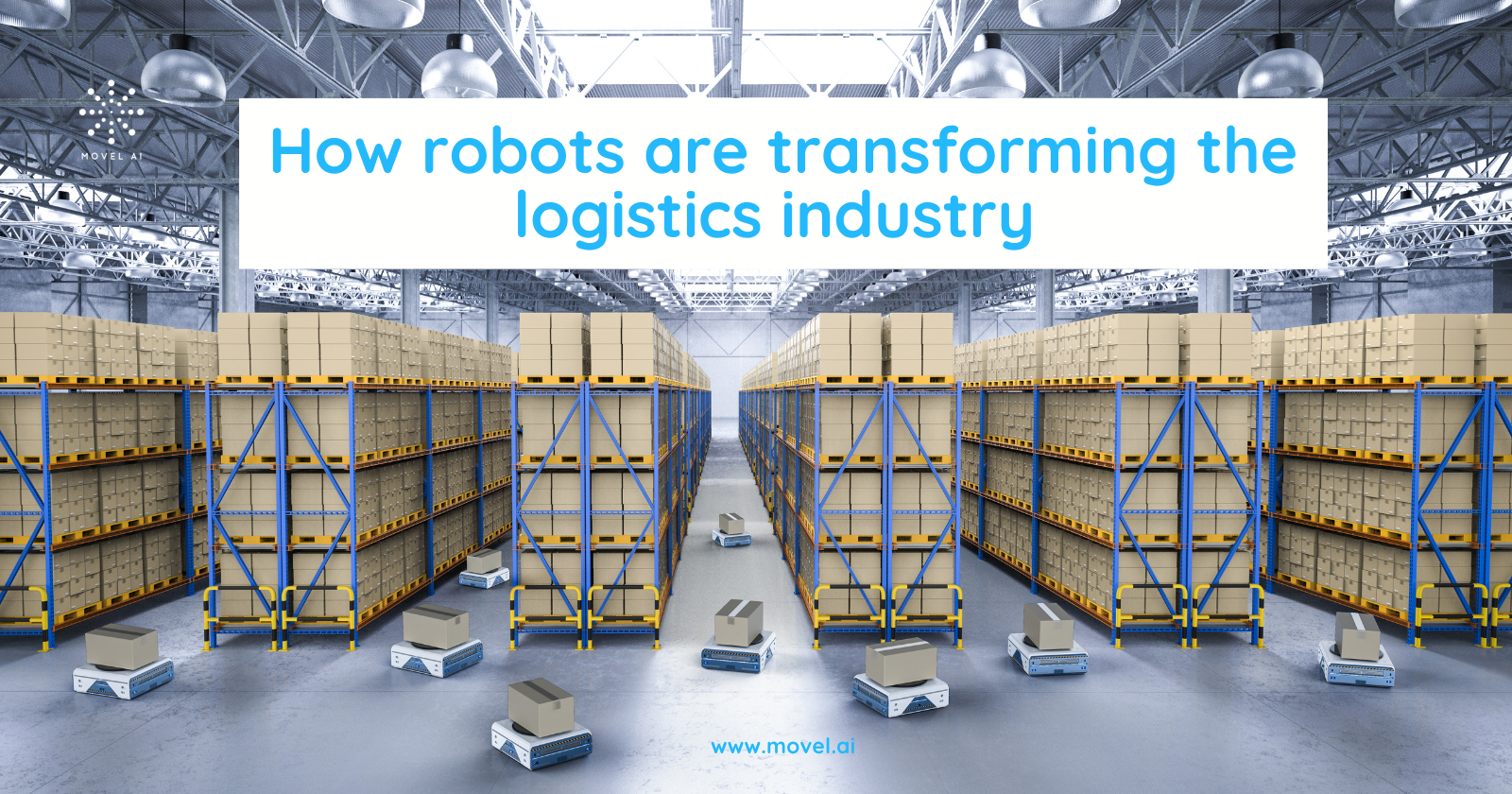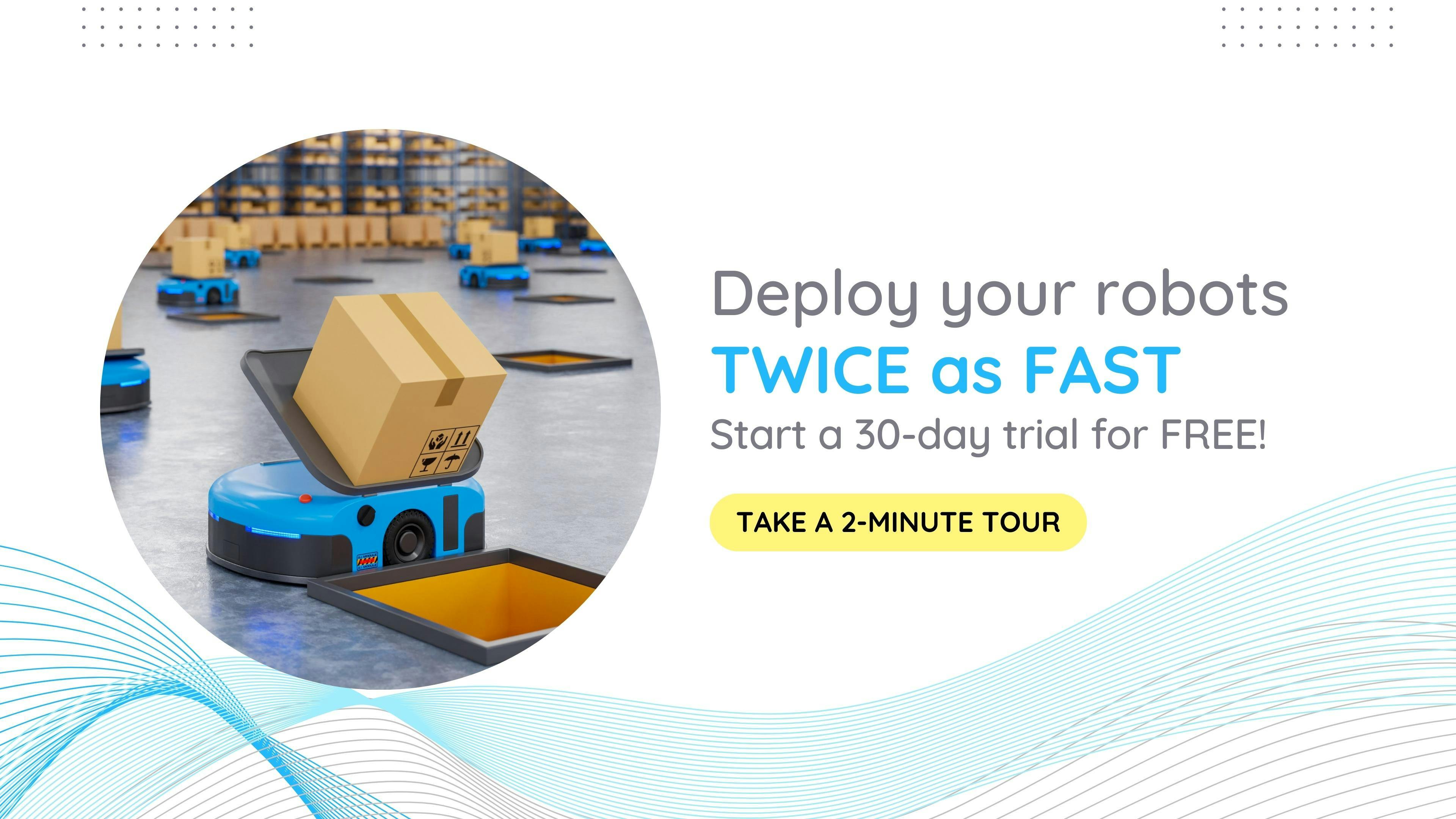How robots are transforming the logistics industry
 Macy
Macy
The growth of e-commerce and the evolving distribution model makes automation a prominent factor that must be involved in the logistics industry, especially activities in warehouses. According to Fairfield Consultancy Services via Globe Newswire, the logistics robot market is forecasted to grow at a whopping compound annual growth rate (CAGR) of 23.7% during the prophesied period of 2021-2025. This shows that logistics robots are indeed becoming an increasingly desirable solution for increasing productivity in various professional environments.
Big players in the logistics industry are starting to seriously invest in robotic applications. DHL, for instance, has rolled out 1,000 AMRs and will deploy up to 2,000 robots by 2022. Not only that, other companies whose business models intersect with the logistics activities, such as Amazon and Walmart, are also starting to leverage robot adoption in their warehouses.
Reasons to leverage robots in the logistics industry
**The growth of e-commerce **
The emergence of e-commerce in recent years has led to a change in customer behaviour. With the variety of different packaging needs and customers becoming increasingly impatient in receiving goods, the logistics industry must be faster and more efficient in meeting customer needs. Companies that can deliver their goods to customers as quickly as possible will be more likeable. Automation is a way out to help logistics companies improve their performance.
**Reduce human error and warehouse costs **
In the past, the process of packaging and shipping goods may have taken longer, not to mention that human error in between processes could cause customers to get their goods delayed. This is one of the reasons why companies leverage robotics in the logistics industry. Not only delivery delays, this also has a significant effect on warehouse costs. Shipment errors often lead to additional costs for companies to fulfil customer orders.
**Safety improvement for workers **
Robots in the logistics industry are also useful for increasing safety for warehouse workers. Getting goods from high racks or storage areas, for example, can be a risk that companies in the logistics sector must be prepared to handle. The use of improper lifting techniques can also pose a risk. Robots can perform these tasks safely, efficiently, and more comfortably than humans, enhancing worker safety, reducing costs, and making workers' jobs easier.
Robotics Applications in the Logistics Industry
**Autonomous mobile robots (AMR) **
AMRs deliver inventory throughout the warehouse without requiring a set track between locations. Using maps and sensors, they can understand and interpret their environment.
Automated guided vehicles and carts (AGV and AGC)
Similar to AMR which functions to deliver inventory in the warehouse, AGV and AGC also work the same. The difference is that it requires a set of tracks laid out in a warehouse where it can follow.
Pick and place robots
With pick and place robots, companies can automate the lifting and placement of objects.
Movel AI provides robot navigation solutions for the logistics industry
As a deep tech robotic startup, Movel AI comes in and provides a way out to answer the needs of robots in the logistics industry through its robotic navigation solutions. Some of Movel AI’s previously completed collaborations were with Ottobo Robotics and Tugbot by Robosavvy.
Ottobo Robotics, a Turkey-based startup focused on revolutionising the autonomous mobile robots landscape. Ottobo Robotics wants their AMRs to have the highest possible speed, challenging the entire AMR industry, while ensuring highest safety measures and standards. Besides being fast to increase efficiency, the AMRs should also be able to move swiftly through obstacles which often occur in dynamic warehouses; boxes here and there, people wandering, and many more.
On the other hand, Tugbot is a Portugal-based company, which offers versatile autonomous mobile robots for intra-logistics processes. Movel AI’s collaborative project with Tugbot by RoboSavvy helps companies in the logistics industry to replace the transportation of carts by humans, which involves many kilometres of walking every day! Tugbots used are usually carried out in an environment that already has hundreds of robots actively serving in the warehouse, without crashing or interfering with existing robots in the operational zone.
Through its flagship suite of products, Seirios, Movel AI equipped the AMRs with both 2D and 3D LiDAR-based navigation systems, enabling the AMRs to recognise its surroundings quickly and move around smoothly. Movel AI maximises its SLAM navigation technology, by improving its accuracy by up to 2 cm, thus enabling robots to more precisely position itself and navigate in the environment. Therefore, no need to worry about robot collision because each AMR will be able to detect its surroundings accurately. This is highly needed in a dynamic environment like a warehouse. These features were also further extended with Seirios FMS (fleet management system), making the fleet manager to manage and delegate certain tasks to multiple robots through one interface!
As the startup's AI technology software is compatible with various industries, the robotic navigation solution is not only applicable to the logistics industry. In the past, Movel AI has worked with companies in the cleaning and construction industries.
Ready to automate your business? Click the banner below to learn more.
Click here for a FREE 30-day no-obligation trial to see how your robot deployment can be easier!
Subscribe to my newsletter
Read articles from Macy directly inside your inbox. Subscribe to the newsletter, and don't miss out.
Written by

